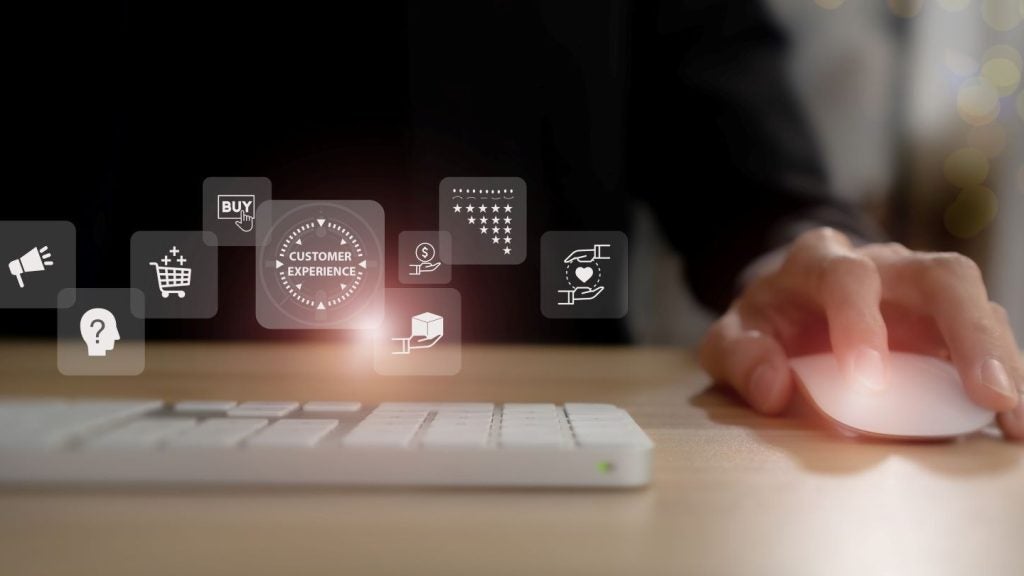Retailers looking to boost efficiency with technology may be surprised to learn their investments could be backfiring.
A new report by smart data capture company Scandit has revealed a gap between the technology deployed in stores and what frontline workers actually need.
The report, titled ‘Frontline Retail Revealed: Tech Pains and Gains,’ surveyed 2,000 retail associates across seven countries.
It found that while most workers (76%) use their devices for tasks, nearly a quarter (22%) say this tech hinders customer service.
The disconnect is clear: retailers are providing technology that does not address worker needs.
Store associates prioritise practical features that improve daily tasks.
Faster scanning (45%) and usability in challenging conditions (50%) were rated more important than trendy technologies such as AI (35%).
This suggests a preference for tools that directly enhance workflows.
The report exposes a critical issue: limited access to customer data.
Nearly 70% of associates reported leaving customers waiting to find information, hurting service quality and potentially losing sales.
Retailers are essentially equipping their workers with tools that don't provide the real-time data needed to deliver exceptional service.
The report highlights smart data capture as a potential solution. By equipping associates with the right tools, retailers can unlock significant benefits.
Imagine a scenario where associates can quickly scan items, access customer details on the spot, and answer questions efficiently.
This not only frees up valuable time but also allows them to focus on building relationships with customers, ultimately driving sales and customer satisfaction.
“It’s clear that store associates are struggling to deliver exceptional shopping experiences for customers, and our report shows that this often stems from the limitations with the current technology available to them, ” said Christian Floerkemeier, CTO and co-founder of Scandit.
“Smart data capture can play a critical role in alleviating workflow frustrations and enhancing daily tasks, which will improve worker productivity, access to insights and be a key driver of future profitability.”
Focusing on frontline worker needs and investing in the right technology can bridge the gap between technology and human potential.
This creates a win-win situation for both employees and customers.















